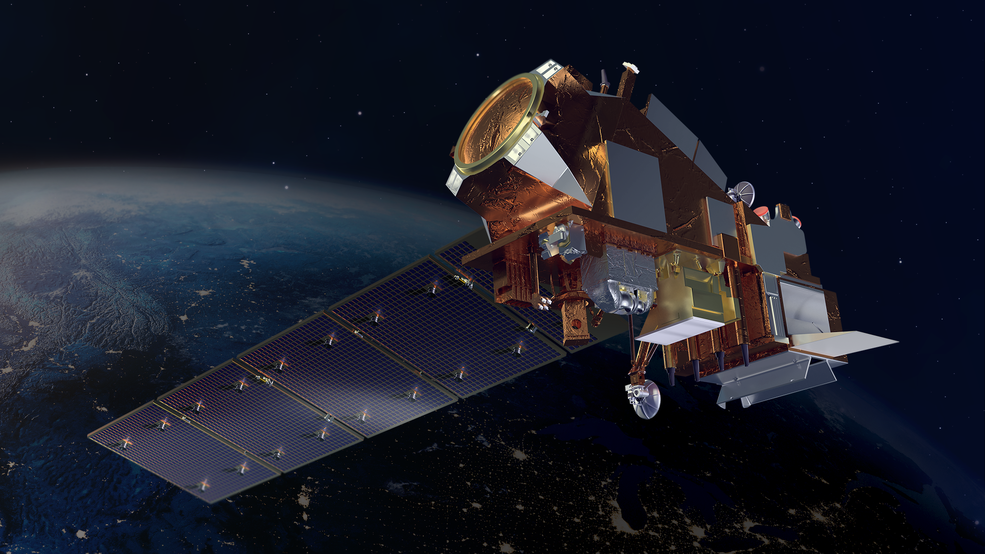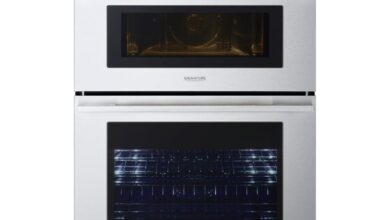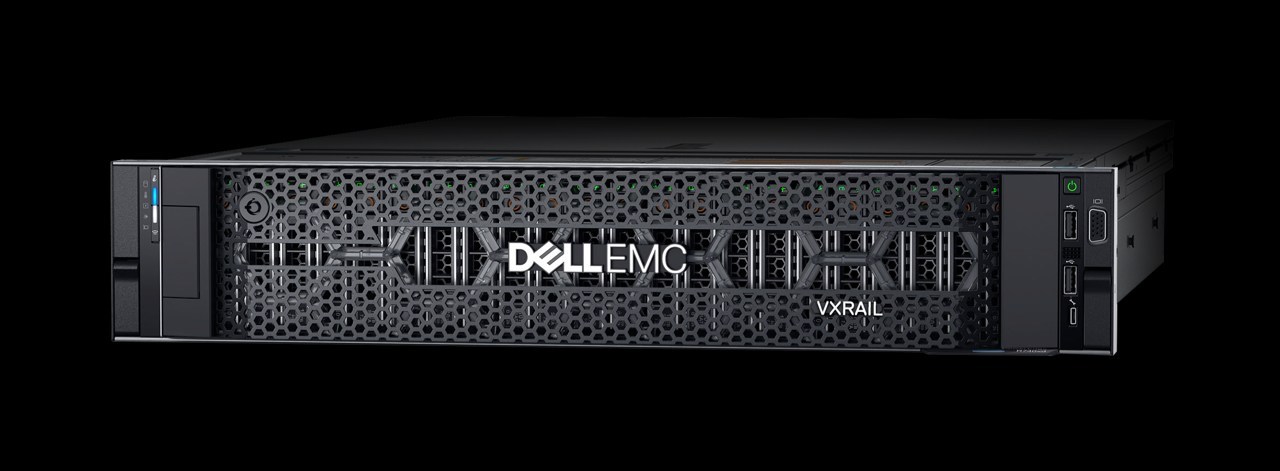NASA, NOAA Invite Media to Polar Orbiting Weather Satellite Launch

NASA is accepting media requests for launch coverage of the National Oceanic and Atmospheric Administration (NOAA) Joint Polar Satellite System-2 (JPSS-2) satellite. This is the third satellite in the JPSS series, which will capture data to improve weather forecasts, helping scientists predict and prepare for extreme weather events and climate change.

NASA and NOAA are targeting Nov. 1 for the JPSS-2 launch on a United Launch Alliance (ULA) Atlas V 401 rocket from Space Launch Complex-3 at Vandenberg Space Force Base in California.
Live coverage of the launch will air on NASA Television and the NASA app. Watch live on the agency’s website at:
U.S. and international media interested in attending this launch must apply no later than 5 p.m. EDT on Thursday, Sept. 15. Media accreditation requests should be submitted at:
A copy of NASA’s media accreditation policy is available online. For questions about accreditation, please email: ksc-media-accreditat@mail.nasa.gov. For other mission questions, please contact Kennedy’s newsroom: 321-867-2468.
Para obtener información sobre cobertura en español en el Centro Espacial Kennedy o si desea solicitar entrevistas en español, comuníquese con Antonia Jaramillo at: antonia.jaramillobotero@nasa.gov or 321-501-8425.
JPSS-2, which will be renamed NOAA-21 after reaching orbit, will join a constellation of JPSS satellites that orbit from the North to the South pole, circling Earth 14 times a day and providing a full view of the entire globe twice daily. The NOAA/NASA Suomi National Polar-orbiting Partnership (Suomi NPP) satellite, and NOAA-20, previously known as JPSS-1, are both already in orbit. Each satellite carries at least four advanced instruments to measure weather and climate conditions on Earth.
Data from JPSS satellites feed numerical weather forecasting models and observe weather events including rainfall, snow, hurricanes, and environmental hazards such as forest fires and volcanic activity. These observations, which are critical to long-term forecasts, help people plan for extreme weather events, such as severe storms. JPSS satellites also monitor our oceans, measuring sea surface temperature and tracking sea ice and harmful algal blooms. They also provide important climate data on ozone and atmospheric temperature.
Launching with JPSS-2 is a secondary payload, the Low-Earth Orbit Flight Test of an Inflatable Decelerator (LOFTID). LOFTID is a partnership between NASA’s Space Technology Mission Directorate and ULA. It will demonstrate inflatable heat shield technology that uses aerodynamic drag to slow down spacecraft in the most mass-efficient way. This technology could enable a variety of proposed NASA missions to destinations such as Mars, Venus, and Titan, as well as returning heavier payloads from low-Earth orbit. The Centaur – the second stage of the Atlas V rocket – will deliver JPSS-2 to orbit, perform a deorbit burn, and put the LOFTID re-entry vehicle on a spin-stabilized trajectory to re-enter Earth’s atmosphere. LOFTID will then inflate and separate from the Centaur, where the re-entry vehicle is targeted for landing and recovery in the Pacific Ocean.
Together, NASA and NOAA partner in the development, launch, testing, and operation of all the satellites in the JPSS program. NASA’s Launch Services Program at Kennedy manages launch. NOAA funds and manages the program, operations, and data products. On behalf of NOAA, NASA develops and builds the instruments, spacecraft, and ground system and launches the satellites, which NOAA operates. With this reliable national asset in place to provide critical data, NOAA and NASA can innovate the next generation of Earth-observing satellites, including NOAA’s next low-Earth Orbit operational satellite constellation.
For more information about JPSS-2, visit:





